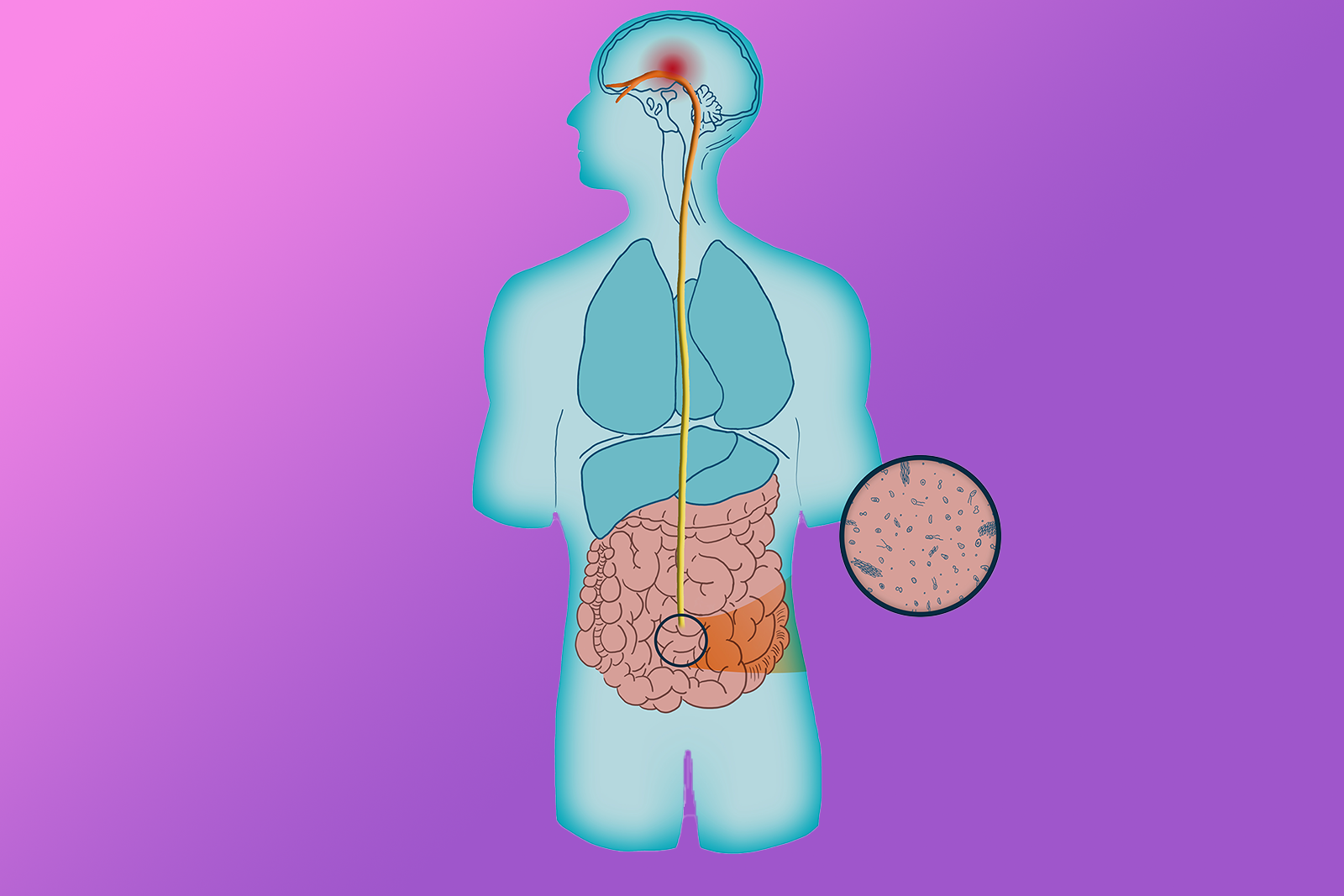
Your Vagus Nerve: How to increase Security & Calm using Polyvagal Theory
The Vagus Nerve and how it facilitates Central Nervous System (CNS) functions
Polyvagal Theory suggests the Vagus Nerve is the body’s physical manifestation of human emotional evolution from “fight or flight” to more conscious responses and loving behavior.
The Central Nervous System (CNS) is the executive center of the entire nervous system and consists of the brain and spinal cord.
The CNS receives its information and delivers its directives to and from the body through the Peripheral Nervous System, consisting of cranial and spinal nerves.
These two systems interact with the Autonomic and Somatic Nervous Systems. For now, we will focus on the Autonomic Nervous System (ANS) which has two subdivisions known as the Sympathetic and Parasympathetic systems.

The Parasympathetic System conserves body energy and promotes “housekeeping” functions during rest. It is associated with inner calm and homeostasis. It puts “brakes” on the sympathetic nervous when it is too aroused. Thus, the Parasympathetic System is a “demobilizing” system.
The Sympathetic System activates body systems during stimulating activity such as “fight or flight”. It is associated with high arousal, emergency responses. Thus, the Sympathetic System is a “mobilizing” system.
NOW FOR THE ALL IMPORTANT VAGUS NERVE:
The Vagus Nerve is the 10th of the twelve cranial nerves. It is the longest of all the cranial nerves and reaches from the brain to the lower viscera, then back to the brain.
Like previous systems, it has two separate systems or “pathways”.
One pathway is referred to as the Ventral Vagal (front side of the vagus nerve). The other is referred to as the Dorsal Vagal, (back side of the vagus nerve).
These two vagal pathways deliver messages from the body (afferent influences) to the Central Nervous System and from the brain to the body (efferent influences).
Each vagal pathway has its own adaptive, self-protective function. Both inhibit (put brakes on) the arousal/mobilization activities of the sympathetic division of the Autonomic Nervous System (ANS), when the sympathetic division is overactive (in a state of alarm, mild, moderate or extreme).
The Vagus Nerve and ANS work together to facilitate self-protection and survival

Once again, we have mobilizing and immobilizing strategies built into our self-protecting nervous system as follows:
The PARASYMPATHETIC division (of the ANS) historically known as the “rest or digest ” response system, is associated with inner calm and homeostasis.
The SYMPATHETIC division (of the ANS) historically known as the “fight or flight” response system, is associated with mobilization such as high arousal, emergency responses.
The VENTRAL BRANCH (of the vagus nerve ) is the most recent evolutionary development and is associated with lower levels of arousal as displayed during relaxation and positive social engagement activities.
DORSAL BRANCH (of the vagus nerve) ) is the oldest evolutionary development and is associated with immobilization when we are confronted with real or imagined danger. It is associated with shutdown and withdrawal from threat and depressive behaviors.
The Ventral Vagal pathway: The key to Relaxation and Calm
When we activate the ventral vagal alone, using Relaxation Therapy (RT) and other calming procedures, we experience calmness, safety and security. Under non-threatening circumstances, we are emotionally open, social and connected. We experience positive sensations, feel good and are more explorative and friendly.
When real or perceived threat enters the scene, and threat challenges us, the ventral vagal “brakes” the mobilization process and we experience DORSAL vagal activity, such as mild to moderate to severe withdrawal, which are demobilizing states.
When real or perceived threat is experienced as insurmountable, we shut down even more and emotionally remove ourselves from the scene as observed in the “freezing response”, simulation of death, and complete immobilization
Deep Rhythmic Breathing stimulates the Ventral Vagal Nerve pathway:
Stimulation of the ventral vagal releases an array of anti-stress enzymes and hormones such as acetylcholine, prolactin, vasopressin, and oxytocin. Acetylcholine assists digestion and has an inhibitory effect in cardiac tissue, lowering heart rate and blood pressure.
Deep Rhythmic Breathing, with a long and slow exhale, is key to activating your ventral vagal branch, slowing heart rate, lowering blood pressure, especially when stressed and times of challenging performance anxiety.
Mobilizing the Ventral Vagus Nerve increases safety, reduces fear, and improves trust:
The ventral vagal is the most recent and the vagal dorsal is the oldest, most primitive in terms of evolutionary development.
The ventral vagal lowers mobilization, as does the dorsal vagal, as both apply brakes to sympathetic mobilization observed in heightened emotional arousal.
Important emotional states surface when ventral vagal and dorsal branches interact with other systems.
The first surfaces when the ventral vagal interacts with the sympathetic subdivision, which generates “mobilization without fear” as experienced in all forms of relaxed movement. We observe this in friendly, playful activities such as when dancing, when we are joyfully engaged in various sports, competitive and non-competitive. During these activities we are active, we flow, we can be socially engaged and we can act alone or in groups, such as during dance, Yoga, Tai Chi and playing a musical instrument. Yes, we are social animals, but we also spend time alone. Both interpersonal and personal experiences are most fulfilling when we are relaxed, balanced, flexible and focused, performing well, In The Zone.
The other surfaces when the ventral vagal interacts with the dorsal vagal, generating “imobilization without fear” as we move toward inner calm, personal safety and interpersonal trust. We are socially engaged, quieter physically, feeling safe and secure. During these times, we can be intimate and loving. A genuine hug provides a good example.
HOWEVER, when real or perceived threat becomes overwhelming we shut down, tend to isolate, we back away from threat and may display the freezing response. We dive deeper into isolation as threat increases, We can become fully shutdown, feign death and ultimately exhibit complete immobilization. This theoretical view of the ANS is brought to us through the scientific work of Dr. Stephen Porges and his Polyvagal Theory.

